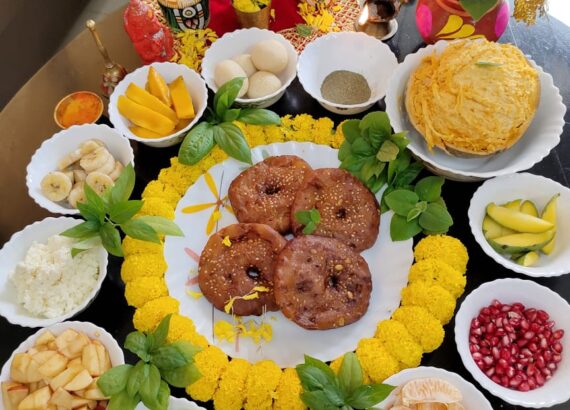Ways to revive a dying house plant before is too late
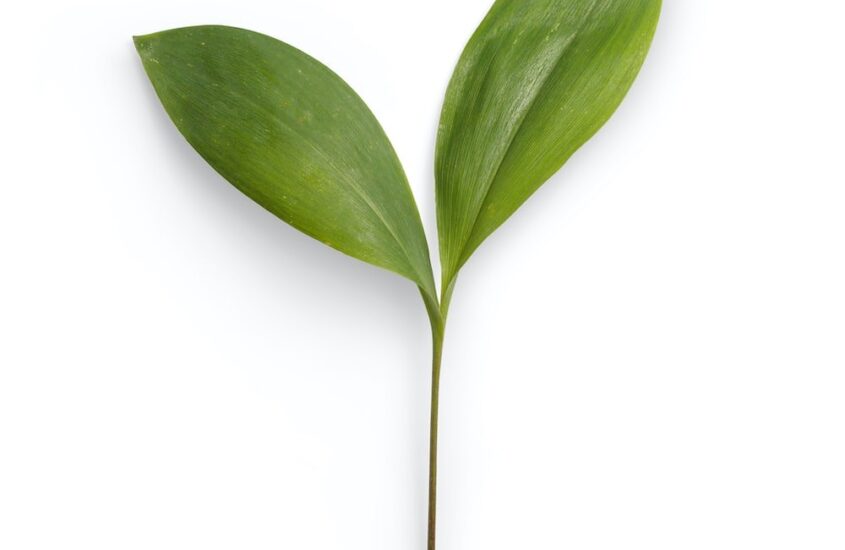
It is said that if you plant a tree you plant hope for tomorrow. Gardening is fun and a stress reliever. When we bring a plant home or sow a seed it grows into a plant we get attached to them, they become our baby and we nourish them and take care of them.
Every day we check what’s new, a new twig…a new leaf, or a bud, every new development brings a smile on our face, a satisfaction whereas if leaves turn yellow or just a plain limp makes us wonder what went wrong? Is it dying? Can I save it? If a plant has turned brown or lost leaves don’t panic, don’t give up.
If a plant looks dead, doesn’t mean it is dead. There is the possibility that you can revive almost a dead plant. If a plant still has some live branches or stems it can revive if we take the following steps.
Can you revive a dying plant?
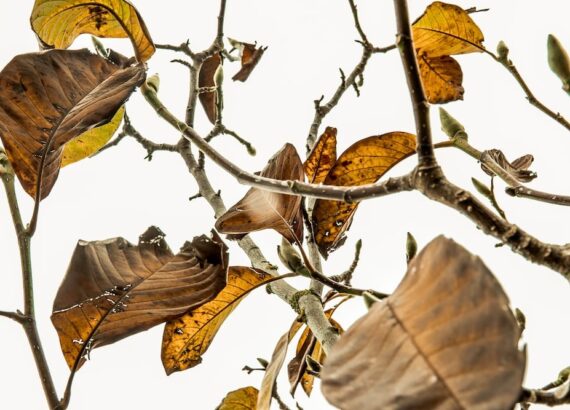
Yes, the dying plant’s root must be alive to have any chance of coming back to life. Some healthy white roots mean the plant has a chance to come back to life. It’s even better if your plant’s stems still show signs of green.
SAVING A DYING PLANT
(a) *Cutting thick branches and checking the signs of life.*
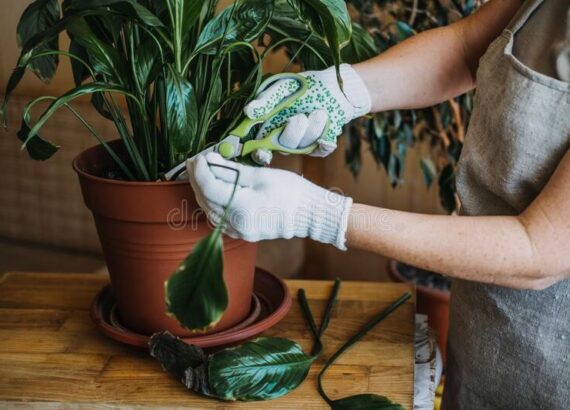
Trim all the dead leaves so the roots have less to feed and can recover more efficiently.
Trim the dead part of the branches until you see green area.
Check the colour of the center of the stem even if the stem appears dead you may find still it is alive and green in the center.
New stems will grow from these trimmed stems.
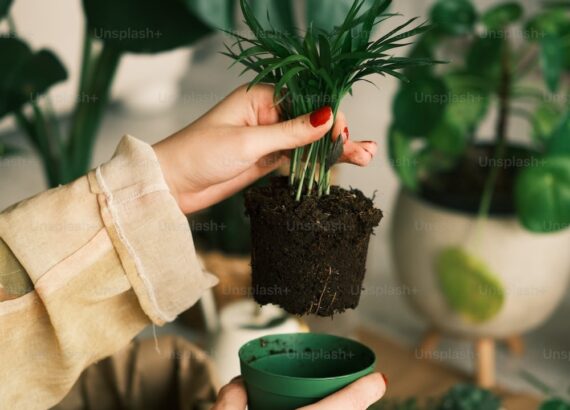
(b) *Examine roots and cut all rotten roots and leggy roots.*
Take out the plant from the pot and examine the root ball. Do it gently, remove the soil from the root ball making sure not to damage the feeder root.?
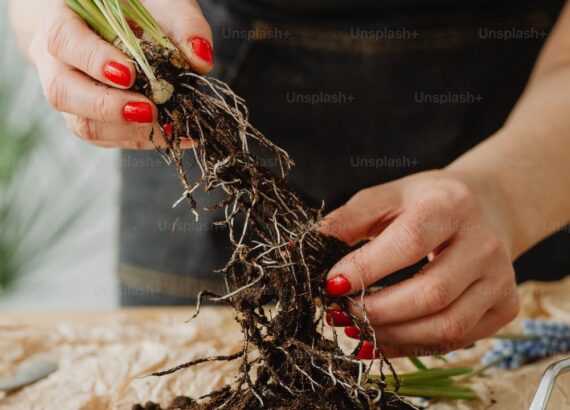
Then clean the roots with water now the cleaned roots are free from old soil.
Cut all the rotten and soggy routes.
(C) *Disinfecting or oxygenating roots with a dip of hydrogen peroxide 3.0*
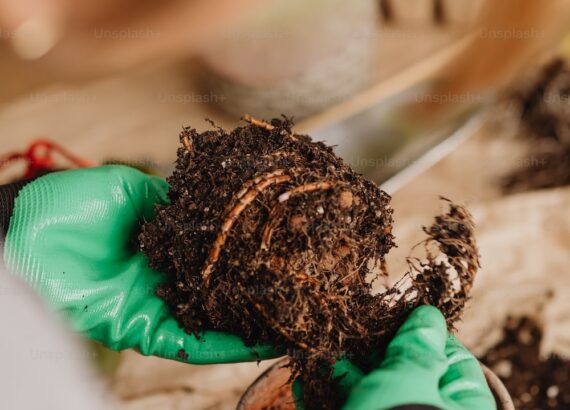
Hydrogen peroxide helps to create soil which should help to prevent future cases of root rot when it is absorbed into the soil the hydrogen peroxide breaks down and release oxygen this extra high oxygen will make sure your roots are healthy and strong.
*Method*
Dilute 5 ml of hydrogen peroxide in 200 ml of water and dip the root in it for about 2 minutes.
After this wash the pot thoroughly.
Sundry the pot so that if there is any old infected soil in the pot then it would not infect the new soil now put a few brick chips or small stones in the bottom of the pot (on the drainage hole) to stop draining out potting soil.
Now fill the pot with well-drained potting mix keep the pot where it can get indirect sunlight it can take a few weeks or one month for recovery check the plant after a month you can get new green leaves in the plant.
Have patience. In gardening, you have to have lots of patience.
- *Overwatering*
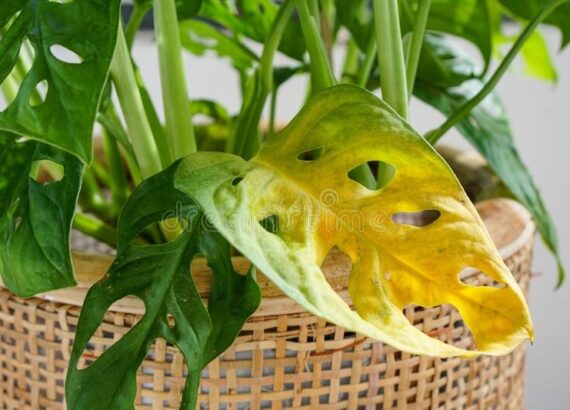
How much water a plant needs may vary based on soil, environment, and nature of the plant Sometimes our generosity causes harm to the plants regular watering is important, but don’t overwater them. Check the moisture of the soil with your finger and always water judiciously over watering may cause the rotting of roots and gradually the plant dies.
In winter especially water the plants, only if it’s necessary.
If the tip of the leaves turns brown or the leaves turn yellow then it’s a warning indication of overwatering.
It’s very important to know about watering and do it judiciously.
- *How to water* (Tip)
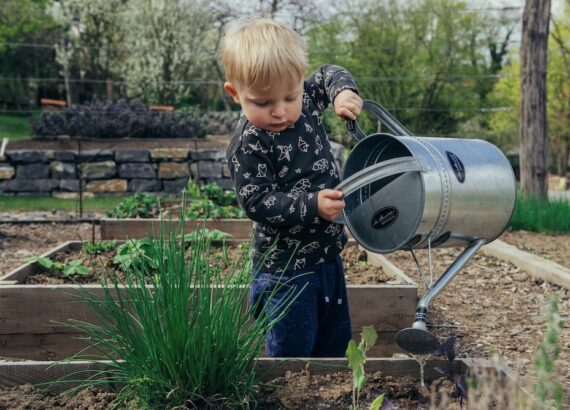
Water the plants carefully.
While watering the plants you should be careful if you are using a pipe and water comes out with force the roots may get damaged and the plant may get hurt and die.
Deep watering is very important and the best way is to use a sprinkler while watering wash the leaves as the leaves make food for the plants.
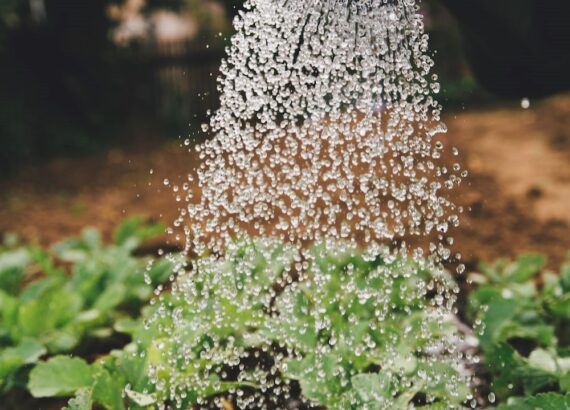
Clean them so that they can breathe fresh air.
They can do photosynthesis ( making food for plants).
- *Avoid Water Logging*
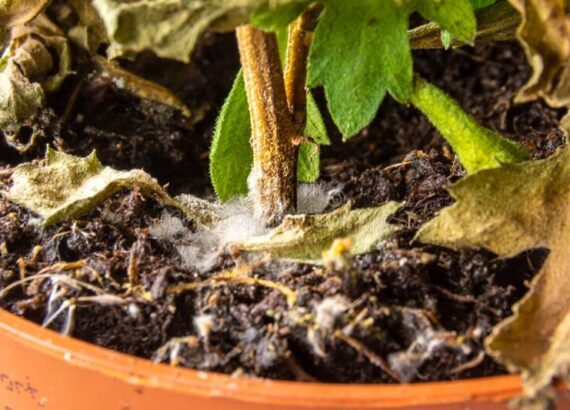
It suppresses the breathing air of the roots, and without oxygen, the cells of the root drown.
If the soil has clay, it causes poor drainage so we need to add sand into the soil while making potting mix. A good potting mix is necessary for a healthy plant.
- *Yellow or brown leaves falling off the plant*
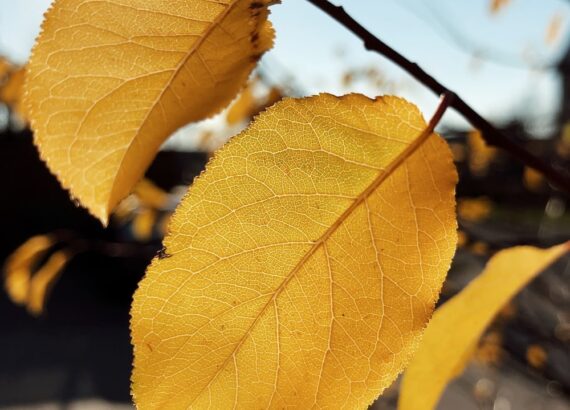
If the soil is moist and leaves turn yellow or brown it’s due to overwatering so, waterless.
- *Wilting*
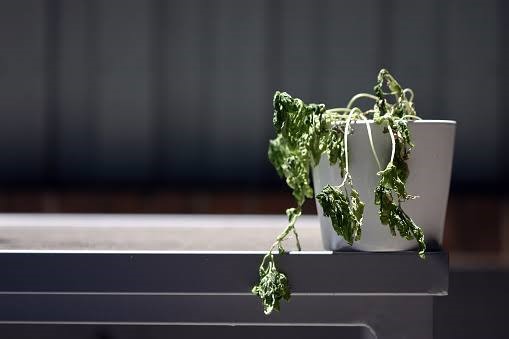
If you are underwater your plants will start wilting the leaves will hang downwards. Plants appear weak or limp. Water them immediately. Healthy plants will always appear firm and crisp.
Sometimes overwatering may cause wilting but always check the moisture of the soil to confirm the reason. The soil should be damp by 3 to 4 inches.
- *Lack of plant growth*
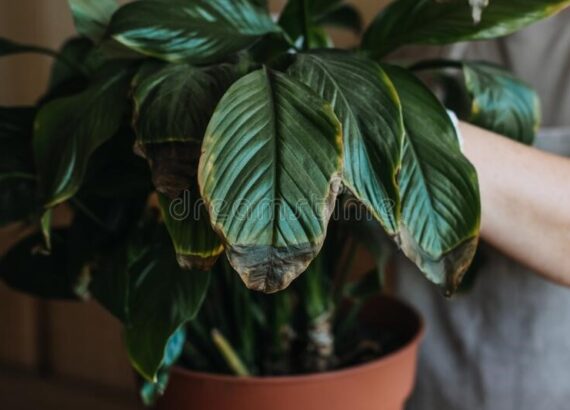
Don’t panic many plants take their own time to grow in the winter season mainly they go to dormancy but if it doesn’t have growth for a longer period then check the reason behind it Plants may be unhappy, as a rule of thumb plant needs three things to be happy
*( 1) light (2) nutrients (3 )water*
if the plant is in a dark corner of the house, move it to the window side change the position of the plant, check the water, and give water as per requirement.
If your plant’s soil is old for several years it needs fertilizer or reporting. Check the growth of the plant if its root when comes out of the pot, or if you can see roots comes out of drainage holes then you need a pot larger than your root ball. So that the plant can grow freely and adequately.
- *Edema*
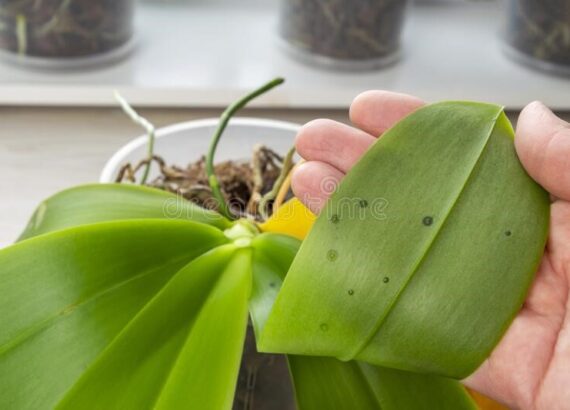
Tiny dark spots on plants’ new leaves are called edema. Edema is caused by irregular watering it doesn’t kill the plant but it’s a sign of irregular watering the plant so watering the plant regularly it’s very important.
*8. Misting or grouping of plants*
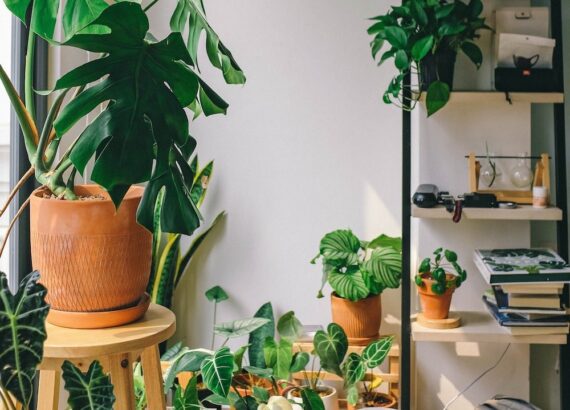
In case of low humidity in the atmosphere misting plants is the solution sometimes grouping the plants in one place. As all plants transpire water from their leaves so when you group them they will create their humidity.
9.*Pest Damage*
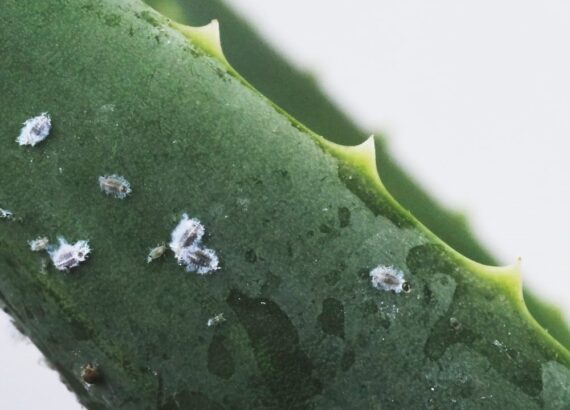
Plants are the perfect place for common pests to invade.
Most pests are very easy to get rid of. But if you timely treat it otherwise you have to opt for chemicals or pesticides which are very harmful.
Organic farming/gardening is a better option. So keep tracking your plants so that plants can be saved in time.
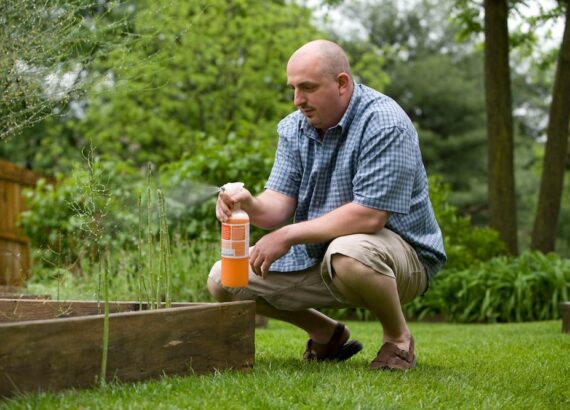
Mix 3 ml of neem oil in one litre of water and spray it every 15- 20 days when you spot any damage.
*(A) Virus Damage*
Viruses also damage plants and it shows symptoms like discoloration and distortion in leaves, shoots, flowers, or fruits. Sometimes it kills seriously infected plants.
Plants can never be revived and there is nothing you can do about it transmitting infection from one plant to another so you should discard or burn the infected plant never use that plant for composting also never reuse that soil as well because these pathogens and viruses live for years in that soil.
*(B)Malnutrition damage*
Sometimes your plants may be hungry and in need of nutrients, This can happen if you haven’t added fertilizers or plant food to replenish the nutrients in the soil.
For growing healthy plants add some compost or liquid fertilizer twice a month to give the required nutrients so that plants will have good growth and be strong so that they can fight diseases.
*(10) Sun Need*
According to the season, change the position of the plants.
If the plant needs less sunlight bring it to a shaded area and if it needs sunlight keep it in bright sunlight according to the weather change its position. Even indoor plants need sunlight every 15 days so bring them outside for a few days some plants go under stress after changing their place so do check with them regularly.
Keep your Sun damaged plant in shade probably it will drop all its damaged leaves don’t panic it will take its time and recover. Know your plant’s requirements and handle them with patience, love and care from my experience I can say they will flourish and love you back.
You have to diagnose a dying plant’s problem in time to cure it but if you feel that a plant has crossed the point of returning back after trying to bring it back to life, don’t waste time and effort on it just let it go and start again with some fresh.
*Myntra to save dying plans*
- Overwatering Edema (insufficient watering)
- Cutting thick branches and checking the signs of life.
- Examining of roots cutting rotten and leggy roots.
- Disinfecting and oxygenating roots with a dip of hydrogen peroxide 3%.
- Reporting and post-treatment care.
- Tips about watering plants.
- Sun needs your plants.
- Misting or grouping of plants during low humidity.
- Waterlogging
- Pest damage, malnutrition of plants, virus damage
- Leaves falling off the plants
- Adding manure to the plants










